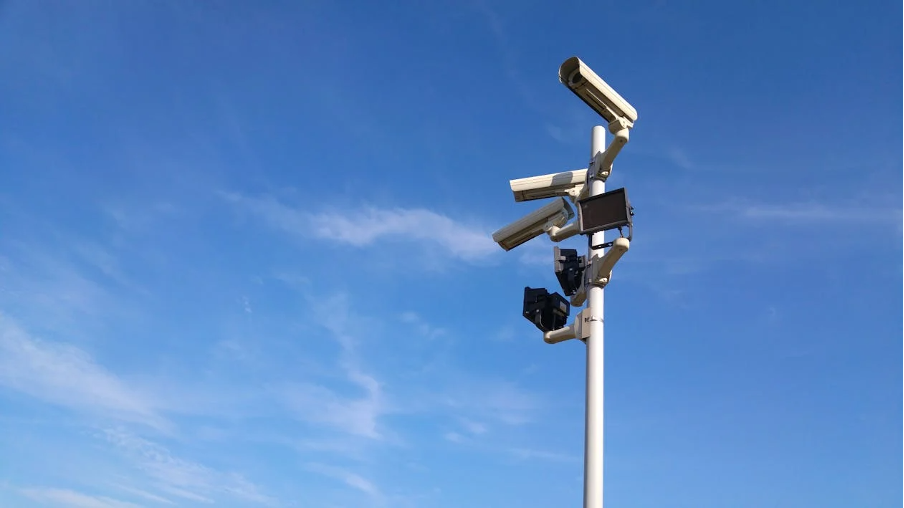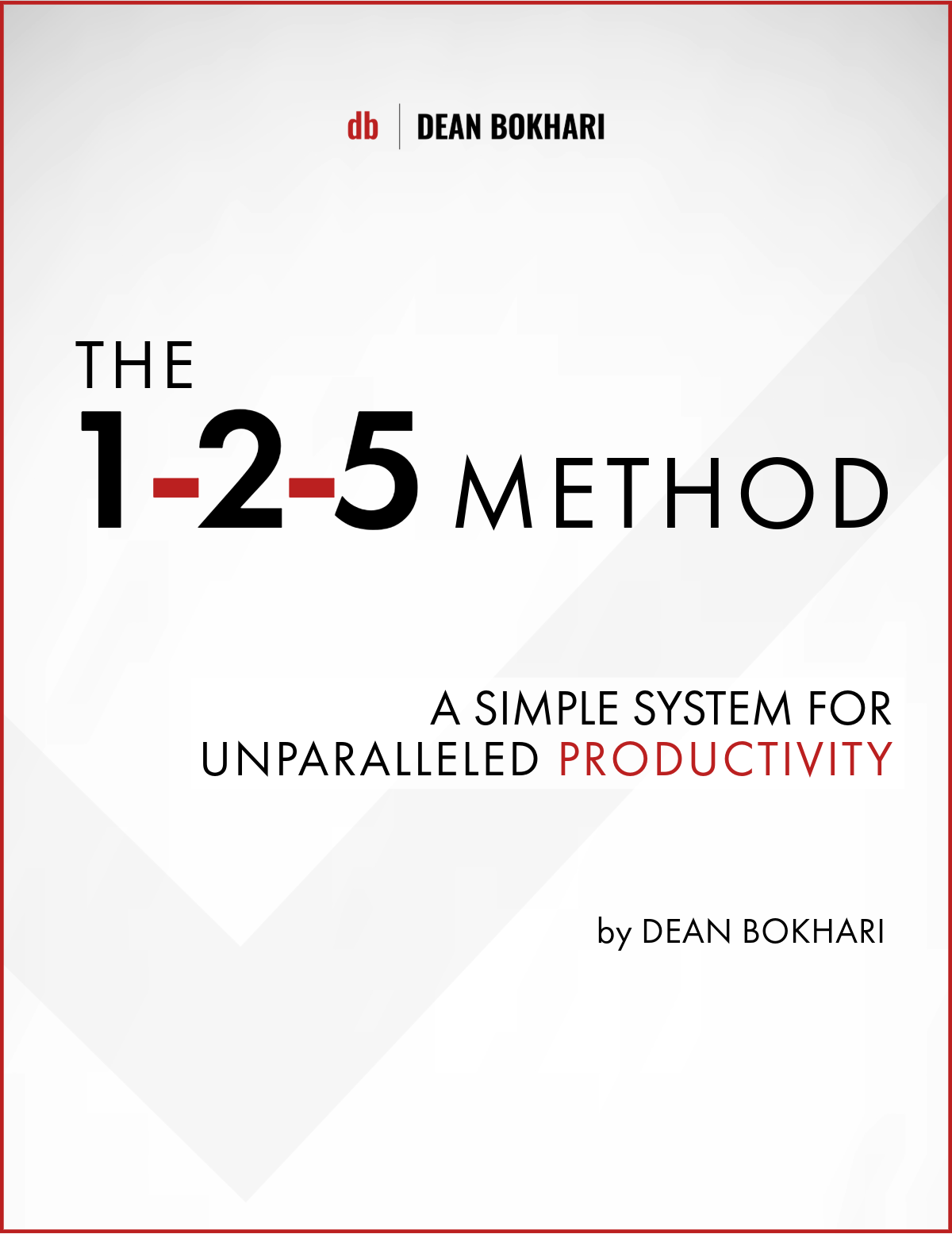Should Your Business Use Surveillance?
COLLABORATIVE POST
Surveillance in the workplace is one of those topics that always sparks debate. People value their privacy and often feel uncomfortable at the thought of cameras or monitoring systems in their environment. At the same time, we live in a world where technology is everywhere. Most of us already carry a device with a microphone and camera in our pockets, so the idea of being watched is not as far removed from daily life as it once was.
For businesses, the decision to introduce surveillance is rarely about spying. It is about protecting staff, safeguarding assets, and keeping the company running smoothly. When used responsibly, surveillance can deliver benefits that far outweigh the initial hesitation.
Reduces The Risk Of Theft
Theft remains one of the biggest challenges for businesses across the globe. Billions are lost each year through stolen stock, property damage, or fraudulent activity. What makes the problem worse is that the chances of a thief being caught without monitoring are slim. CCTV systems help tip the balance. Cameras act as a deterrent by making would-be thieves think twice before acting. They also provide vital evidence if an incident does occur. For many companies, this is not about catching staff out but about keeping everyone safe and protecting the business from avoidable losses.
Encourages Better Productivity
One of the less obvious benefits of surveillance is its impact on productivity. Many managers spend hours each week keeping an eye on staff to make sure they are doing their jobs. With monitoring systems in place, that pressure is reduced. Employees are more likely to stay focused simply because they know their time at work is being observed. This is not about creating an oppressive environment. It is about encouraging staff to give their best and freeing up managers to concentrate on tasks that genuinely move the business forward. The result is often a workplace that runs more efficiently, with less time wasted on distractions.
Supports Safer Workplaces
Another area where surveillance can make a difference is workplace culture. Issues like harassment or inappropriate behaviour can be difficult to deal with, and without evidence, they often turn into one person’s word against another’s. Knowing that monitoring is in place reduces the likelihood of these problems arising in the first place. Surveillance works hand in hand with education. Businesses that combine monitoring with programs such as Sexual Harassment Training create an environment where expectations are clear and accountability is stronger. Staff know what behaviour is unacceptable and understand that there are systems in place to protect everyone.
Prevents Workplace Violence
It can be uncomfortable to admit, but workplace violence does happen. Disagreements sometimes escalate, and without measures in place, companies can find themselves dealing with costly disputes or even legal challenges. Surveillance can reduce these risks by discouraging aggression and providing clear evidence if conflicts do occur. The presence of monitoring technology often helps people think twice before reacting in anger. In turn, this leads to a calmer, safer environment where employees can focus on their work rather than worrying about potential threats.
No one wants to feel like they are constantly under a microscope. The key to making surveillance work is balance. Businesses should be clear about what is being monitored and why. The aim should always be to protect rather than control.
— End of collaborative post —
✨ New Series: How to Become an Early Riser
- Discover key methods to make early rising a habit
- How to wake up early + energized every morning
- Morning routines for health + success
Free self-development courses
👇
Tap on any of the courses below to start learning how to:
- boost your productivity (with GTD),
- get focused (with Deep Work),
- or learn the art of influencing others (with the How to Win Friends & Influence People course.)
All for free.
👇
Free life guides
👇
Best-selling Self-development courses by Dean Bokhari
Kill procrastination.
|
Get stuff done.
|
Get motivated.
|
Connect with anyone.
|
freshly pressed:
Top Audiobooks narrated by Dean Bokhari on audible | |
Book summaries
- The Power of Habit by Charles Duhigg
- 12 Rules for Life by Jordan B. Peterson
- Presence by Amy Cuddy
- Leaders Eat Last by Simon Sinek
- The ONE Thing by Gary Keller, Jay Pasan
- Deep Work by Cal Newport






































